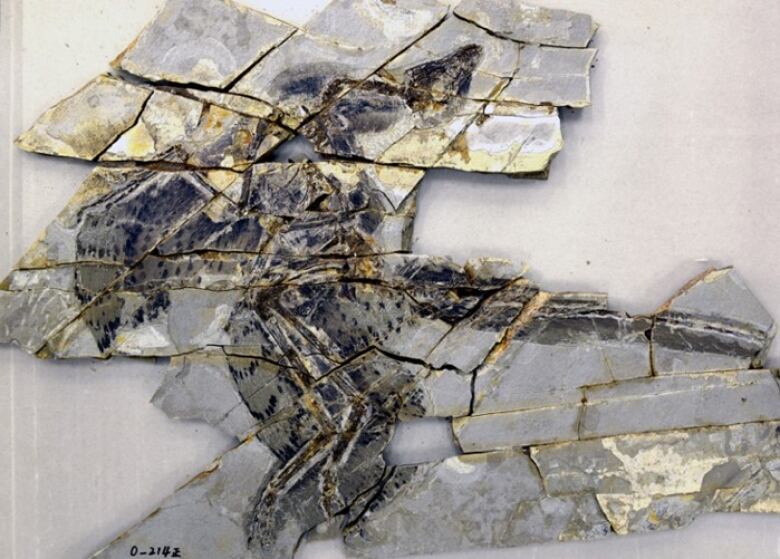The first feathers for flight? A 160 million year old dinosaur might have had them
Fossil feathers from Anchiornis suggest it was a perfect example of the dinosaur-bird transition period.

The evolution of birds began in the Jurassic, a period that began about 200 million years ago, and the earliest birds emerged from a branch of bipedal theropod dinosaurs. So by about 160 million years ago there were those that had a foot, or perhaps a wing, in both the dinosaur and bird camp.
One was Anchiornis, a small, heavily feathered animal. But scientists wonder if those feathers were suitable for flight? Did Anchiornis have 'the right stuff'?
Dinosaurs of a feather...
Anchiornis is one of the earliest feathered dinosaurs ever found. It was small, with longer feathers similar to modern birds' flight feathers, on both its arms and legs. It lived in what is now China about 160 million years ago. This was almost 10 million years before Archaeoptryx, which is the first recognized bird.
Mary Schweitzer, a professor of biological sciences at North Carolina State University, led a team that studied Anchiornis to try to understand more about when feathers evolved the capacity for flight. To do this the scientists used a variety of techniques, including high-resolution electron microscopy, on fossil feathers of Anchiornis to determine their molecular composition. The team wanted to see how Anchiornis's feathers are different at the molecular level from feathers of younger fossil birds and modern birds.

Alpha and beta keratin proteins
Modern bird feathers are composed mostly of beta-keratin (b-keratin). It is a protein that is also found in skin, claws and beaks of reptiles and birds. But the version of b-keratin in feathers is slightly different. The b-keratin protein for feathrs underwent a modification at some point in evolution that resulted in feathers becoming more flexible, which is essential for flight.
he researchers found that the fossil feathers of Anchiornis did have the modified b-keratin protein that was found in modern bird feathers. They also contained substantial amounts alpha-keratin which today is is found only in juvenile bird feathers. So Anchiornis, in a sense, had baby feathers.
Could Anchiornis fly?
The answer is a resounding 'possibly.' The b-keratin in its feathers might have provided stiffness and flexibility needed for flight feathers. However the a-keratin might have made them to soft to be effective airfoils.
It is clear however, that Anchiornis provides great insight into the dinosaur-bird transition, as well as more information about how feathers evolved to make flight possible. Using this study as a kind of molecular clock, Schweitzer and her colleagues predict that functional flight feathers evolved by at least 145 million years ago.
